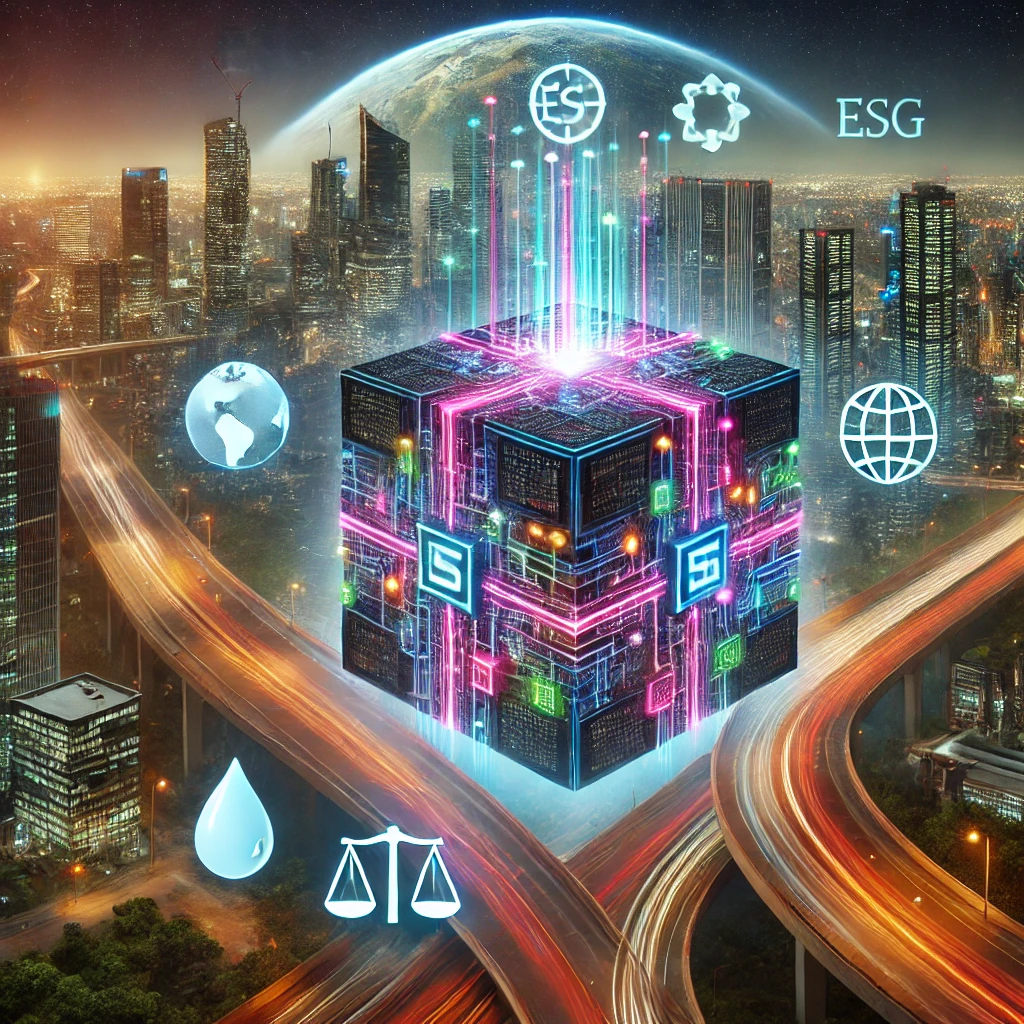Governing with ethics, transparency, and accountability has always been at the core of good corporate governance. However, in today’s dynamic, regulated, and purpose-driven environment, this commitment must rest on something more: technology. From environmental traceability to automated compliance, from risk management to personal data governance, we are living in an era where technology doesn’t just enable governance — it transforms it.
This is where the concept of Tech-Governance emerges: the strategic integration between corporate governance principles and emerging digital technologies. It’s about using innovation not only to operate efficiently but also to meet regulatory requirements, protect data, increase transparency, and ensure that organizational purpose is executed in a practical, measurable, and auditable way.
1. The New Governance Landscape: More Complex, More Accountable
Corporate governance has evolved in a much more demanding environment:
- Global regulation has increased in both quantity and complexity, with frameworks such as the LGPD (Brazilian Data Protection Law), ESG disclosures, CVM Resolution 59, the 6th edition of the IBGC Code, and the G20/OECD Principles.
- Society now demands purpose, social and environmental impact, in addition to financial performance.
- The business environment has become hyperconnected, automated, and data-driven, requiring speed, traceability, and real-time decision-making.
In this context, companies must prove they do what they say — consistently and transparently — to multiple stakeholders: shareholders, boards, auditors, regulators, investors, NGOs, and society. Only with strategic and responsible technology can this challenge be met with integrity and scale.
2. What Is Tech-Governance?
Tech-Governance is the convergence between corporate governance, regulatory compliance, sustainability, and digital transformation. It’s not about digitizing documents or automating reports — it’s about rethinking how technology can:
- Implement controls, policies, and commitments more efficiently and reliably;
- Record actions in an auditable, protected, and traceable way;
- Measure results with precision and consistency;
- Communicate clearly with boards, regulators, and stakeholders.
Tech-Governance is, therefore, a new approach to modern governance — where ethics, technology, and purpose move together.
3. Key Technologies for Tech-Governance
● Blockchain
Enables immutable and traceable records of transactions, decisions, and commitments — ideal for:
- Voting in assemblies;
- Carbon credit registration;
- Supply chain traceability;
- Verification of ESG goal compliance.
● Artificial Intelligence and Analytics
AI can be used to:
- Detect risk patterns and inconsistencies in real time;
- Automate internal audits;
- Predict compliance failures or ethical violations;
- Generate predictive alerts for risk committees.
● GRC Platforms (Governance, Risk, and Compliance)
These platforms centralize:
- Corporate policies and approval workflows;
- Risk indicators and internal controls;
- Reports for boards and regulatory bodies;
- Automation of compliance testing and nonconformity management.
● Cloud Integrations and Regulatory APIs
Allow the company to connect with:
- External audit platforms;
- Regulatory bodies (e.g., CVM, Federal Revenue Service, IBAMA);
- Banks and stock exchanges;
- Stakeholder platforms (e.g., suppliers, investors, NGOs).
● Information Security and Data Protection (LGPD/GDPR)
Tools for:
- Managing personal data consent;
- Role-based access control;
- Anonymization and pseudonymization of sensitive data;
- Audit trails for protection and accountability.
4. Convergence in Practice: Regulation, Purpose, and Technology
✔️ ESG Compliance via Blockchain
Food sector companies like Nestlé and Carrefour use blockchain to track product origins and ensure sustainable production practices. This traceability meets both purpose (transparency, sustainability) and regulation (ESG disclosures, environmental standards).
✔️ Real-Time ESG Data Platforms
Companies like Unilever and Schneider Electric built dashboards that display environmental and social indicators in real time, connecting boards with external audiences. These data are generated automatically by integrated sensors and platforms.
✔️ LGPD as a Governance Culture Component
Companies such as Vivo (Telefónica Brasil) integrate ethics and technology committees, ensuring that data use is ethical, secure, and compliant with legislation.
✔️ Digital Assemblies with Blockchain
Some organizations use blockchain-based platforms to conduct 100% digital shareholder meetings with traceable, secure, and auditable votes — ensuring shareholder engagement and end-to-end transparency.
5. Strategic Benefits of Tech-Governance
- Reduced legal and reputational risks: fewer chances of sanctions, crises, or fines.
- Real, ongoing transparency: not only in annual reports but in daily operations.
- Improved institutional trust: among boards, investors, regulators, and society.
- Smart compliance automation: reduces operational effort and increases traceability.
- Cross-functional integration: technology connects legal, sustainability, IT, audit, and operations teams.
6. Challenges in Adopting Tech-Governance
- Organizational fragmentation: IT, legal, ESG, and finance often operate with separate tools and perspectives. True adoption requires cross-functional governance.
- Cultural resistance: many boards still believe governance must be manual and paper-based.
- Legacy systems and unstructured data: older, unintegrated systems create barriers to data connection and control automation.
- Risk of “techwashing”: adopting technology just to appear modern — without real effectiveness — can harm governance credibility.
7. The Role of the Board and Executive Leadership
To consolidate Tech-Governance, boards and committees must see their role not just as technology approvers but as guardians of the organization’s digital integrity:
- Demand traceable, standardized data in reports;
- Include board members with technological and digital governance expertise;
- Invest in learning about AI, blockchain, data protection, cybersecurity, and digital ESG;
- Supervise tool adoption based on risk, impact, and purpose;
- Promote responsible and ethical innovation as part of governance culture.
8. Conclusion: Innovation with Responsibility, Purpose with Data
Tech-Governance is not a trend — it’s the inevitable evolution of corporate governance. The world demands companies that deliver positive impact with responsibility and real-time compliance. To achieve this, organizations must integrate:
- The ethics of governance,
- The agility of technology,
- And the clarity of purpose.
Companies that embrace this approach will not only respond better to regulators and shareholders but also be better prepared to generate long-term value — with integrity, innovation, and real impact.

